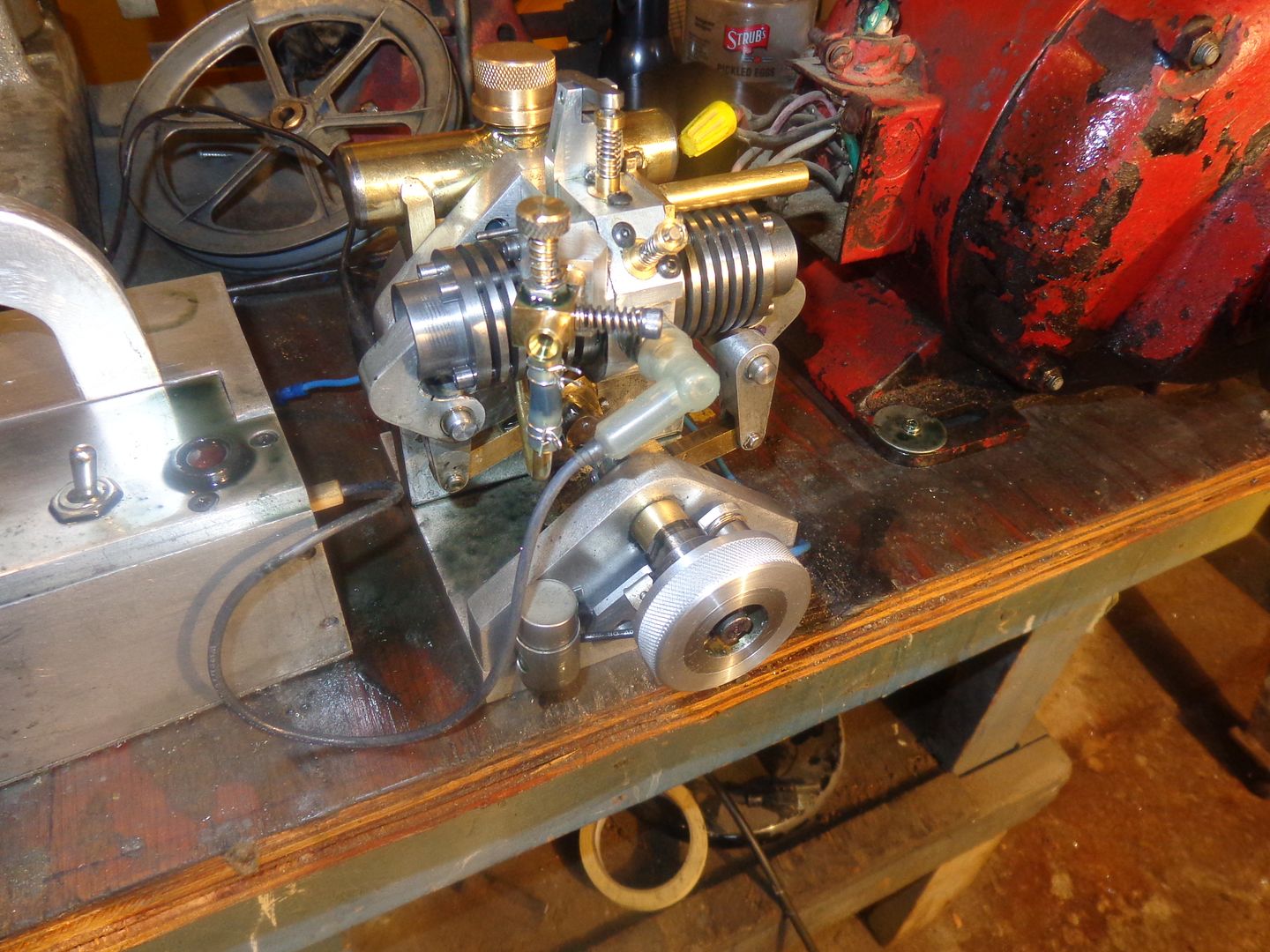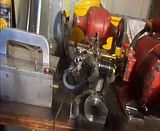I'm going to give it up for today. The frustration level is getting too high. The second flywheel helped a great deal, and I have gotten a few sustained runs of 20 to 40 seconds, but then it dies. When an engine does that, if its a weak coil, it won't start up again right away. Mine will start up again right away, so I don't think there is anything wrong with the ignition. When engines start at all and give a sustained run of 20 to 40 seconds and then die, it is generally a carburation problem. Either it is running out of gas, or it is flooding itself, getting too much gas. I have played enough for today, and of course I have advanced the timing and retarded the timing many times trying to find the "sweet spot". I did cut one coil from the intake valve spring, as I wasn't seeing any movement in the valve while turning the engine over with the drill. Removing one coil seemed to do the job, as I could see the valve "dance" after that while it was turning over.--And of course, the engine has loosened up considerably after a number of short duration runs.Tomorrow I will try it with my model airplane carb and see what happens.



